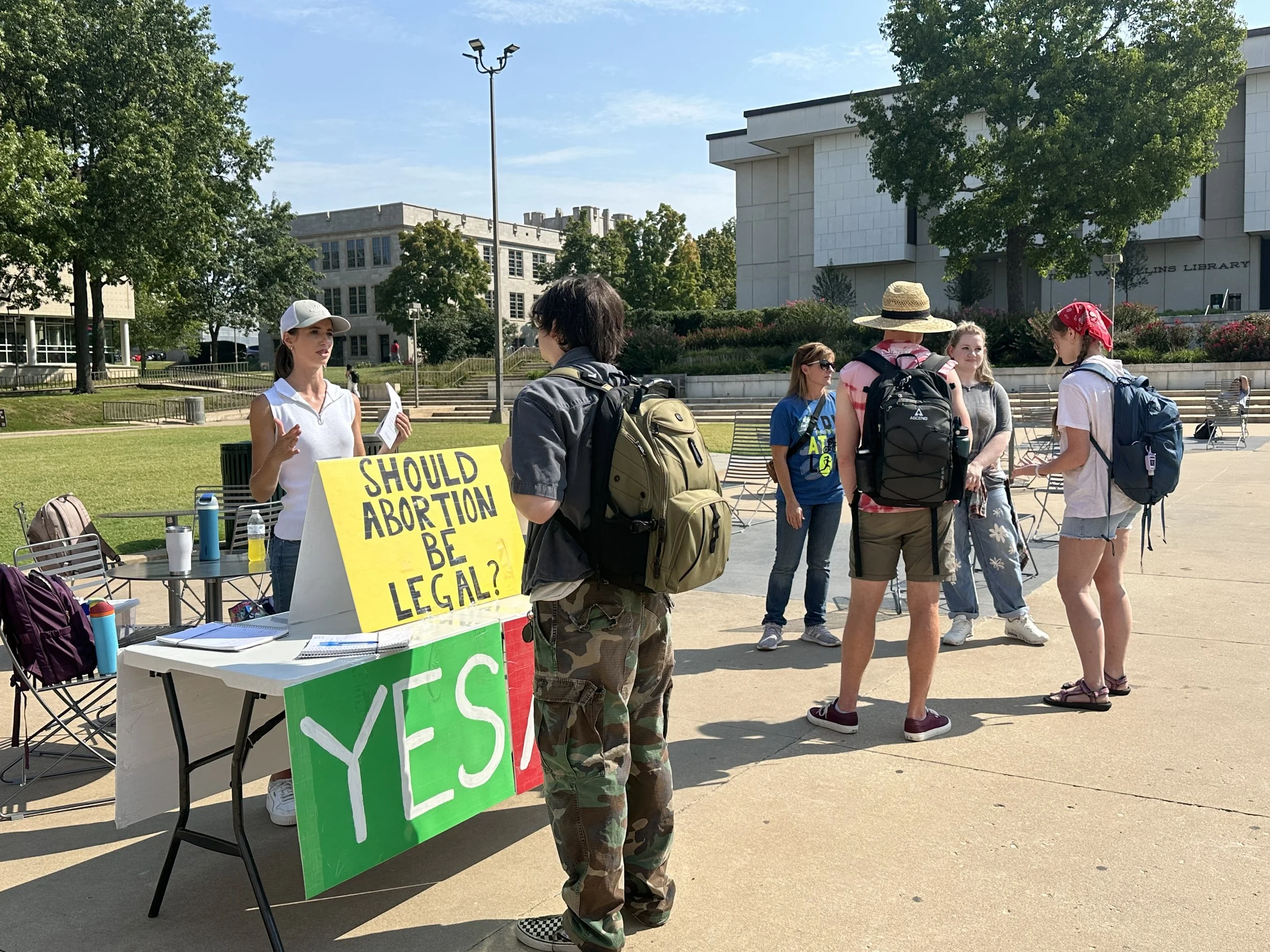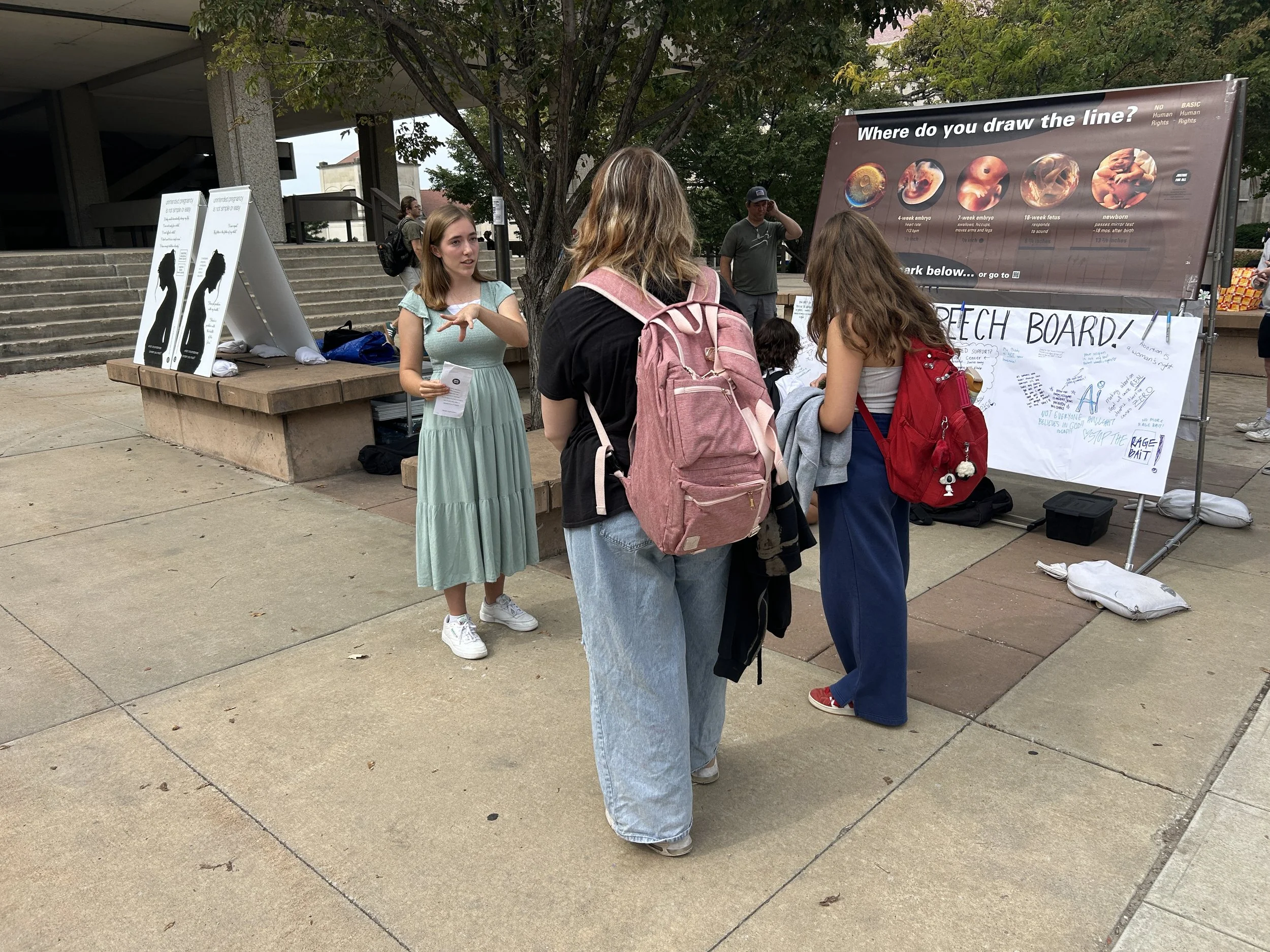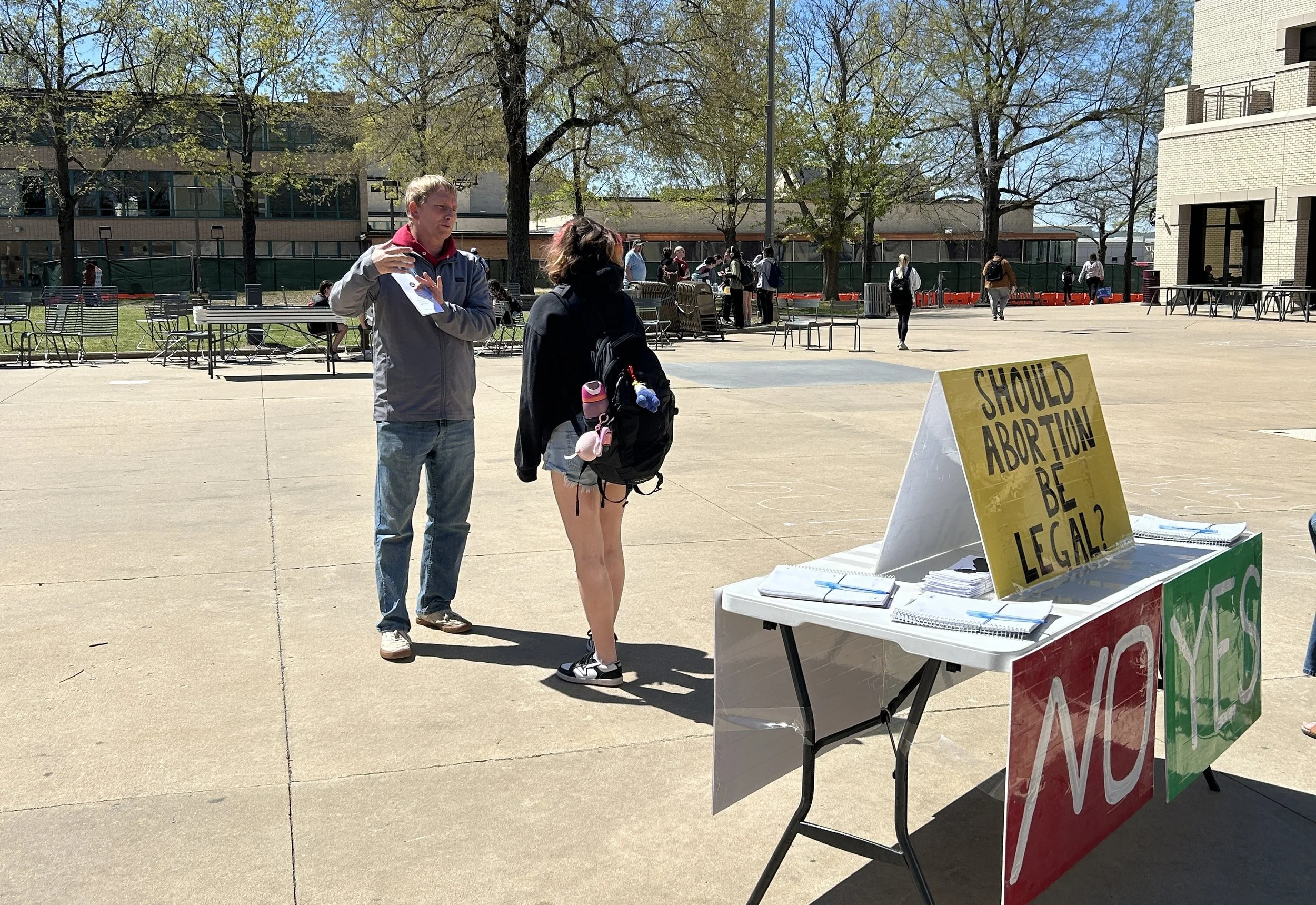Here's a paper I originally posted back in April 2013:
"De Facto Guardian and Abortion: A Response to the Strongest Violinist"
Ernest Hébert, "Le Petit Violoneux Endormi" (1883), Musée Hébert
It begins in a "Cabin in a Blizzard," where Mary finds herself stranded with a newborn that's not her own, and ends with a short reference to one Carl and an annoying "wilderness explorer" named Russell (from the movie, Up). In between these thought experiments, we attempt to describe and give a suggested account for our intuitions about our obligations to children. We believe that account sheds light on and casts doubt on the viability (pun intended) of the strongest version of Judith Jarvis Thomson's Violinist Argument from her 1971 "A Defense of Abortion." We invite you to wrestle with that argument and with our response to it. Share comments below.
Notes:
This paper was originally posted on April 13, 2013 at the Life Report website (no longer active).
I wrote the paper, but many others deserve credit for helping crystallize the ideas in the paper and for supplying some of the raw material for the central thought experiment. See the preface and the footnotes for my attempt to give credit where credit is due.
The main url for discussion of the paper, www.jfaweb.org/DFG, is now being directed to this post.
July 28, 2021 Update: We’ve recently updated our bodily rights resources at www.jfaweb.org/body. There you can find the De Facto Guardian paper along with many other resources and other approaches to bodily rights articles, including:
“Jack Changes His Mind…Three Times” (Part 2: A good Conversation Is a Window): See how the ideas from this paper changed the way that one student at the University of Texas at San Antonio thought about whether abortion should be legal when the pregnancy resulted from rape.
“Autumn in the Sovereign Zone”: Timothy Brahm’s masterful response to the Sovereign Zone version of bodily rights argument
“Good Samaritan on Life Support": Another approach to bodily rights arguments by 2010 JFA Intern Tony George
“12 Minutes on Bodily Rights”: JFA’s post features a video from ERI’ with updated thoughts on how to respond to bodily rights arguments (“Blood Donation and Bodily Rights Arguments”).
Note: This post was updated on Dec. 14, 2015 with the link to the Tony George article. It was updated on Sept. 25, 2019 with the link to the ERI Video featuring Timothy Brahm with his 12-minute response to the strongest violinist. It was updated again on July 28, 2021, changing the way the links were presented and adding a button to a newly-reorganized Bodily Rights Resources page at www.jfaweb.org/body.





















